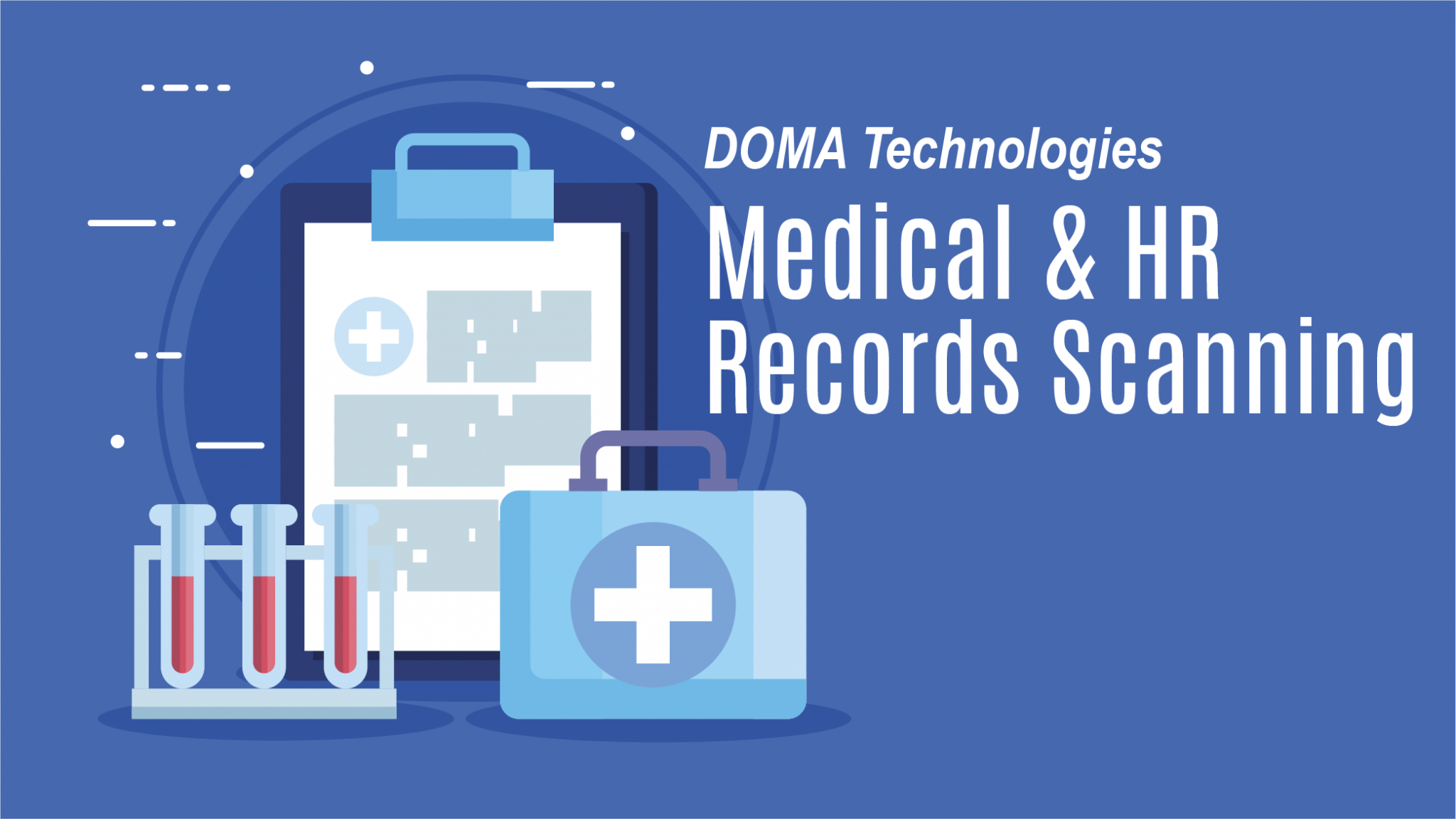The Future of Telehealth and the Challenges on the Horizon
June 8, 2021
Imagine being able to log into an app and consult with a doctor or get your prescription or diagnostic tests delivered to your door, with or without insurance. It may seem too good to be true, but it’s already possible through a wide range of telehealth applications. According to a 2019 survey by J.D. Power, nearly 1 in 10 Americans have used Telehealth services. However, in response to the global COVID-19 pandemic, the usage of Telehealth applications increased by 150%. (1) There is no question that telehealth has a place in the future of medicine. While access remains a challenge for those who do not have “smart” devices or high-speed internet, it has the potential to better connect patients with care providers. Additionally, digital medicine has the potential to:
- Offer on-demand, expedient care outside of normal business hours
- Reduce dependence on emergency rooms to treat minor issues
- Minimize transmission when patients have contagious illnesses like the cold or flu
- Help patients who fear medical facilities feel more comfortable getting treatment
- Provide access for patients in remote locations or who have limited transportation options
- Improve patient and provider access to medical records and data
- Increase access to and lower the costs of health services for vulnerable populations
Telehealth or telemedicine is the delivery of health-related services and education via electronic information and telecommunication technologies. Telehealth is sometimes used as the broader term which encompasses telemedicine and telecare. Telehealth services might include:
- Health education services
- Remote monitoring of vital signs, ECG, blood sugar, or blood pressure
- Remote doctor-patient consultations
- Remote digital Imaging
- Prescribing medication through electronic platforms (apps, phone, video consult)
- Digital transmission of medical imaging or medical records
Healthcare at your Fingertips:
In addition to digitally interfacing directly with care providers on the phone or through conferencing software, healthcare apps have become a growing part of the medical industry. The latest estimates suggest that there are between 165,000 and 325,000 health and wellness apps available for iOS and Android.
Apps that focus on exercise, diet, disease management, mental health, and sleep habits are growing in popularity every day. Some apps even allow you to message a physician on your smartphone and get a prescription delivered to your door. Birth control, COVID testing, acne medication, migraine meds, and more are now accessible from apps. Some of these apps don’t even require you to have insurance (although they offer better prices for insured patients).
Healthcare apps can empower people to track and manage their own health or even gather diagnostic information and imaging for their doctors. More than half of all smartphone users have at least one health-related app downloaded on their mobile device (2). While these apps certainly aim to make managing your health more convenient, they are generally unregulated; which brings us to our first telehealth challenge:
Limited Regulation & Credibility:
The demand for digital health services is outpacing the oversight and regulation necessary to ensure that all of these apps are effective and safe. While a meditation or mindfulness app isn’t likely to cause any harm, mental health apps that claim to treat depression or disease management apps like those designed to track blood sugar for diabetes could put patients at risk. If anyone can release a healthcare app and make baseless claims about efficacy, then there is the potential for medical negligence or even intentional harm. Who is to say that the blood sugar readings need to be accurate or that treatment plans within these apps must be based on the latest science? Without some form of 3rd party testing or regulation, it’s up to the patient to weed through all of the options. Consulting with a trusted doctor may help, but no one can expect every doctor to have personally vetted all of these different services. The FDA is launching a pre-certification program to help add credibility to the apps that opt-in, but this may not be a comprehensive solution.
Data and Document Security:
The safeguarding of protected health information (PHI) is an essential part of health services. Video conferencing, patient portals, healthcare apps, and more all have the potential to compromise private healthcare data. Ensuring that your data and documents are safe and that your procedures are in line with HIPAA standards is paramount. This can be especially difficult as information is being passed from system to system. An additional but important consideration is how your electronic health records (EHR) integrate with your telemedicine platform. Ensuring that the back-end processes, workflows, and integrations are secure adds another layer of complexity to delivering telehealth services. Having secure, centralized access within your own medical network is important and can be achieved with the right records management software and cloud tools.
Continuity of Care:
Ensuring that patients have good continuity of care with telemedicine is one of the primary challenges for healthcare providers. When patients seek telehealth services that are not in-network (such as those provided by third-party apps), or when an organization’s telehealth services are not well integrated with their EHR system, information can get lost. If the diagnosis, treatment, and outcome of telehealth services are not recorded in the patient’s record, then key observations or data may be missing when making a future treatment plan. Additionally, when patients jump from service to service or see a different provider with each telehealth visit, it’s possible that underlying conditions or recurring issues could be missed since one physician isn’t overseeing a patient’s progress over time
Lack of regulation for healthcare apps, data security, and continuity of care is certainly important, but there are a variety of additional challenges that are worth mentioning including:
- Patient access to smart devices and good internet may be limited.
- Some patients may not be tech-savvy enough to use telehealth platforms.
- Increased demand for services may cause physician burnout.
- Insurance coverage and reimbursement for telemedicine services are still in flux and not well established with all insurance providers.
- Patients may be reluctant to follow up with in-person visits even when necessary.
- Lack of trust from patients – many people are not educated on telehealth and may falsely conclude that the doctors are less competent.
The Future is Now:
Although it is not in widespread use yet, artificial intelligence may be the next evolution of telehealth. As medical researchers continue to compile massive data sets and diagnostic images, it may soon be possible to get real-time medical results using machine learning. Using big data, a properly trained narrow AI could be used to compare a patient’s medical imaging to millions of comparable records and pinpoint a diagnosis.
One day getting a diagnosis for that suspicious mole may be as simple as snapping a picture on your phone and uploading it for analysis. Indeed, a study in 2019 testing an artificial intelligence neural network called DERM (Deep Ensemble for Recognition of Melanoma) had diagnostic accuracy comparable to board-certified dermatologists using the same image set. (3) Big data may also be used to help in treatment plans by comparing data on the outcomes of specific medications or therapies over time.
Conclusion:
For now, telemedicine is in its first iteration. Today, medical providers primarily deploy technology to enable communication between human decision-makers or as a repository for medical data. However, it may not be much longer before remotely delivered medical services become integral to patient care. Many tech tools already show promise to re-invent the medical industry from the ground up, from health line chatbots and AI-generated treatment plans to computer-guided surgery and medical research.
How can DOMA help?
DOMA works with large hospital networks, insurance providers, and private practices to centralize and secure access to medical data. Additionally, we can help your organization deploy cloud-based tools that can secure and accelerate your medical applications. As a HIPAA compliant provider, we are equipped to scan, handle, and transmit medical data securely.
If you’re in the beginning stages of providing telemedicine services, we can jumpstart the process of making patient records available within the cloud through our scanning services and document management software. For those who are in the process of developing and integrating telehealth apps or remote medicine services we can help by migrating your workloads and data to the cloud.
About DOMA- Powered by Tech, Driven by People
DOMA Technologies (DOMA) is a software development and digital transformation company whose mission is to change customer lives by lightening their workload through faster and more targeted access to their data. Since 2000, our team of 200+ experts has helped businesses navigate all aspects of the digital world. We are a dedicated strategic partner for the federal government and private sector clients at every stage of their unique digital transformation journey.

Author:
Danielle Wethington
Director of Communications
Medical & HR Scanning
Find out about our HIPAA compliant medical records scanning
Recent News

DX Engage Achieves FedRAMP Ready Status

Data-Driven Sustainability for a Healthier Future

Humanizing Healthcare

